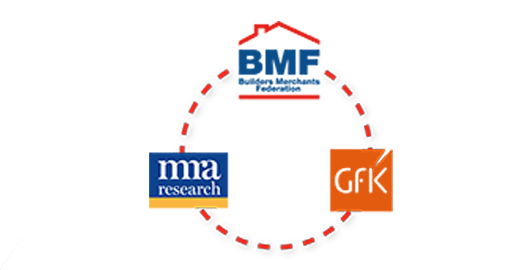Keystone Lintels comment: Q1 2016
Derrick McFarland, Managing Director Keystone Lintels is BMBI’s Expert for Steel Lintels
The year started positively for the steel lintels market which is strongly associated with new housebuilding. January and February were particularly strong. The overall market for steel lintels in the first three months of 2016 rose 8% compared with the same period last year.
Although concerns about the impact of Brexit are unsettling housebuilders’ shares, housebuilding continues to grow particularly among the nationals. Regional housebuilders are also performing well, but demand varies by area and fluctuates more than the nationals, who have the resources to take a longer view on investing in new developments.
The market plateaued in April and we don’t expect this to change until we know where we stand with Brexit. Long term investment strategies are being held back until the market knows which way the voting goes and the implications of that decision.
The Government’s decision to scrap Zero Carbon Homes was challenged recently in the House of Lords and knocked back to the Commons. It’s still unclear what the Commons will accept and what the next step will be but we may see a return of this regulation in some form, together with a review on how carbon neutral is measured.
Initially introduced in 2006 as part of the Government’s Green Agenda, the aim of Zero Carbon Homes was to improve significantly the energy performance of new buildings from the way they are built – the fabric – through to the reduction of CO2 emissions from lighting, ventilation and heating. Reviving it opens up new opportunities. Manufacturers will be challenged to innovate and introduce new products and systems to help meet new energy efficiency targets.
SAP ratings remain relevant to housebuilding, and will continue to challenge builders who are just getting to grips with 2013 regulations, but they’re a necessary step to zero carbon.



